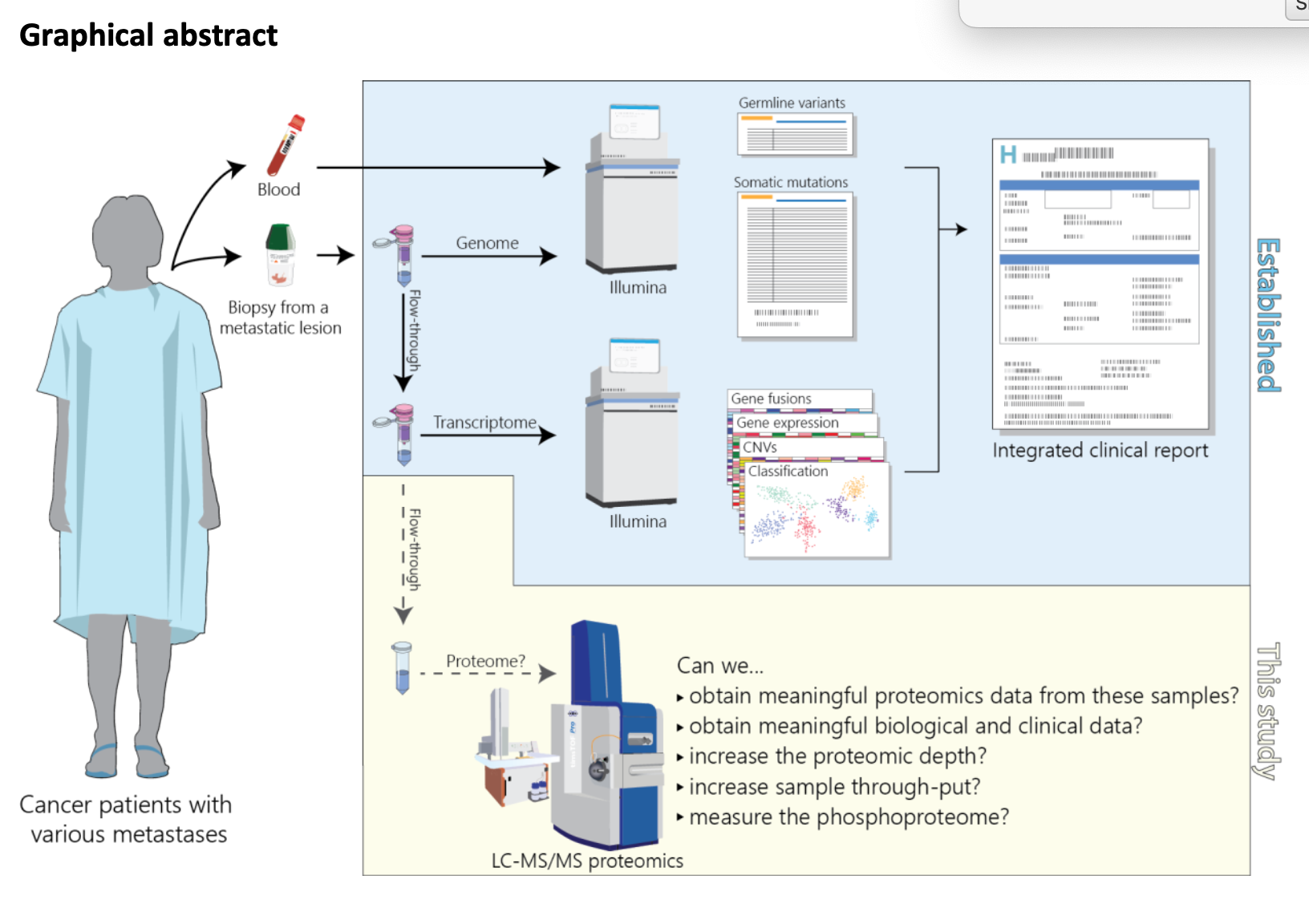This years #AGBT17 did not look as exciting as previous years have done, especially with all the major announcements being made at JP Morgan. In fact Illumina even went as far as to say they’d have no news at all during the conference! However there was lots to get excited about with some big news from Nanostring, NEB, ReadCoor and PacBio, amongst others. The major theme, if there was one, was on single-cell genomics.
For me single-cell is exciting in the same way as the early days of microarrays or NGS, no-one knows what they are doing, but everyone wants to do it!*
AGBT is still a conference well worth attending. It has the highest concentration of people like me (this may be good/bad depending on your perspective) and, although the conference is more about the use of technology than the technologies themselves, it still manages to bring in some cool new tech for the audience to marvel at.
Outstanding talks at #AGBT17
Emma Teeling (BatLab) was the speaker to remember at #AGBT17, up there with the Fistulated cow or the Zebra being shaved in 2012! She was talking about ageing. Most ageing models don’t actually live a long time (somewhat ironic)…but you can’t use Bowhead whales, greenland sharks, etc. Emma’s answer “use bats not rats”! Apparently 1 in 5 mammals are bats and some of them are exceptionally long lived. They are also unaffected carriers of some really nasty diseases and there is no recorded evidence of cancer in a bat – something is keeping them alive and well. Emma presented evidence showing that overexpression of ATM and SETX, both associated with DNA repair, may be good candidates to explain why.
An excellent informative and entertaining talk from EM at #agbt17 looking forward to her next talk about bat genomes from long-reads pic.twitter.com/z6sXBvSrS5
— James Hadfield (@coregenomics) February 15, 2017
Jimmie Ye (UCSF) Presented an exciting development for droplet single-cell systems: Demuxlet. This tool uses 3’UTR SNPs to fingerprint cells and allows multiple individuals to be loaded into a 10XGenomics single-cell library prep, but for the individual cells to be demultiplexed on genotype. It is accurate and can detect and remove doublets. I’d have used the title “10X 10x cheaper”, but Jimmie was more conservative. I also went out for dinner with Jimmie and John Marioni so a single-cell extravaganza over lobster and steak – only at#AGBT17!
There were many talks I thoroughly enjoyed but I’ve kept my list short for brevity.
Major technology news at #AGBT17
Nanostring launched their Hyb&Seq targeted sequencing technology in their lunchtime workshop (see my workshop blog post, and Dale’s and DeciBio’s). I was invited to be the guinea pig to run the machine during the demo and went from an FFPE curl to sequencing ready library in about 45 minutes and was back in time to see data coming off the instrument. The system is deigned to be very easy to use (no amp, no enzymes, and no library prep), coupled to the facts that you can work directly from FFPE, and sequence both DNA and RNA at the same time. This is likely to make Hyb&Seq a technology to watch – expect customer results at #AGBT18. They also had posters describing their 3D biology solution.

My Nanostring Hyb&Seq run
ReadCoor is commercialising FISSEQ (Science 2014), the fluorescence in-situ sequencing method developed in the Church lab. The method allows users to sequence inside cells, even down to sub-cellular localisation of transcripts. The AGBT presentation by Evan Daugharthy presented his use of the technology in understanding breast cancer. One AGBT attendee was quoted on DeciBio’s blog as saying “the technology […] needs higher resolution”; interesting to consider when Evan said their field of view was the same size as a single-cell “spot” in the Spatial Transriptomics technology – currently the only other commercial in-situ sequencing method. With FISSES, Spatial Transriptomics, Nanostring 3D and others coming in-situ sequencing looks to be the next big thing in genomics.

ReadCoor technology images
Pacific Biosciences made some stunning announcements on the yield from SMRTcells which are going from 5Gb today to 150Gb per “diamante” chip! In their workshop Nezih Cereb spoke about HLA sequencing at Histogenetics who’ve burned through 150K samples on 7 RSII’s! Jonas Korlach (PacBio CSO and all round great guy) gave the update on Sequel performance – throughout will increase 2x in 2017, 2x in 2018, and 8x by the end of 2018 generating 32x more data than today. He also mentioned the recent Nature paper on the high-quality Quinoa genome.

Pacific Biosciences new SEQUEL system
New England Biolabs gave one of the most talked about presentations in the concurrent sessions:“APOBEC-Seq: An enzymatic method for methylome analysis at single-base resolution without bisulfite treatment”. APOBEC is a cytidine deaminase (I was unsure which of the 7 APOBECS NEB are woriking with) and is converts cytosine-to-uracil (C-to-U). APOBECs have been implicated in cancer mutagenesis.
The talk described a method of detecting 5mC and 5hmC modifications in DNA without the damaging effects of bisulfite treatment. Essentially the DNA goes through a series of enzymatic steps (using APOBEC enzymes) that maintain DNA integrity and allow much lower DNA input (~10ng). NEB are still finalising the commercialisation of this technology so watch out for its launch.
See #AGBT17 coverage by DeciBio…and Keith Robison has pulled together a very good Tweet archive at Omics Omics (come back next year Keith, everything is forgiven!).
*actually some people do know what they are doing with single-cell, but they are in a minority!








Leave A Comment